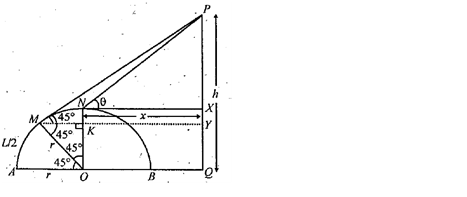Ask a Doubt
Get your questions answered by the expert for free
Enter text here...
Other Related Questions on algebra


Can we divide two vectors? If this is possible then how?
algebra
1 Answer Available
Last Activity: 1 Year ago

How do you write “the product of 18 and q” as an algebraic expression?
algebra
1 Answer Available
Last Activity: 1 Year ago

दहावीच्या आय सी एस इ विद्यार्थ्यांनी पुढे काय करायला पाहिजे
algebra
0 Answer Available
Last Activity: 2 Years ago











